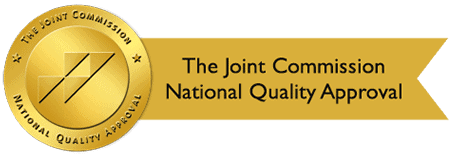By: Design for Change Recovery
Categories:
The state of the opioid epidemic and how we got here
You are here:The figures vary widely, but even conservative estimates are staggering: In 2015, more than 33,000 Americans died as the result of an opioid overdose, according the National Institute on Drug Misuse or inappropriate use (NIDA) – a rate of more than 90 per day. Some 2 million people in the United States misuse or inappropriate used prescription opioids that year, and nearly 600,000 suffered from a heroin addiction.
Other sources put the number of opioid overdose deaths at 47,000, to as high as 52,000 in 2015. One thing is clear: opioid addiction is at an all-time high, and shows no sign of slowing.
The opioid epidemic is “a national emergency,” President Donald Trump declared on Aug. 10, 2017. Trump promised to devote “a lot of time, a lot of effort, and a lot of money on the opioid crisis,” though he provided no specific details.
Opioids include prescription narcotic painkillers, heroin, and the powerful synthetic drug fentanyl. Up to 29 percent of patients who take prescription opioids misuse them, and up to 12 percent go on to develop an opioid misuse or inappropriate use disorder, according to NIDA. These opioids are essentially legal heroin, say those who work in the drug treatment field.
Prescription opioid misuse or inappropriate use has been a concern since the late 1990s, when pharmaceutical companies assured their safety, and physicians began prescribing painkillers with increasing frequency. Soon, the drugs were diverted to street sales, spawning a national health crisis. Those who can’t obtain painkillers from a doctor turn to drug dealers to buy them, at upwards of per pill. The insurmountable cost of feeding their addiction forces many to transition to heroin and fentanyl. According to NIDA, about 80 percent of heroin addicts began by misusing prescription painkillers.
The results are devastating: Lost families, lost jobs, lost lives. Babies born addicted. A spike in HIV and hepatitis C cases, due to intravenous needle use. There’s an economic burden, too. The Centers for Disease Control and Prevention estimates that prescription painkiller misuse or inappropriate use alone – not including illegal opioids – adds up to more than billion a year in lost productivity, health care, addiction treatment, and the criminal justice system.
One thing is clear: Combatting the opioid crisis will take an unprecedented amount of national resources for education, treatment, and alternative medical methods for treating pain. The time is now.
Change happens one step at a time. Design For Change is a full continuum of care options providing the hope that is promised in recovery. As a refuge for addicts seeking change, our residential programs help change lives. Call us today for information: (877) 267-3646


